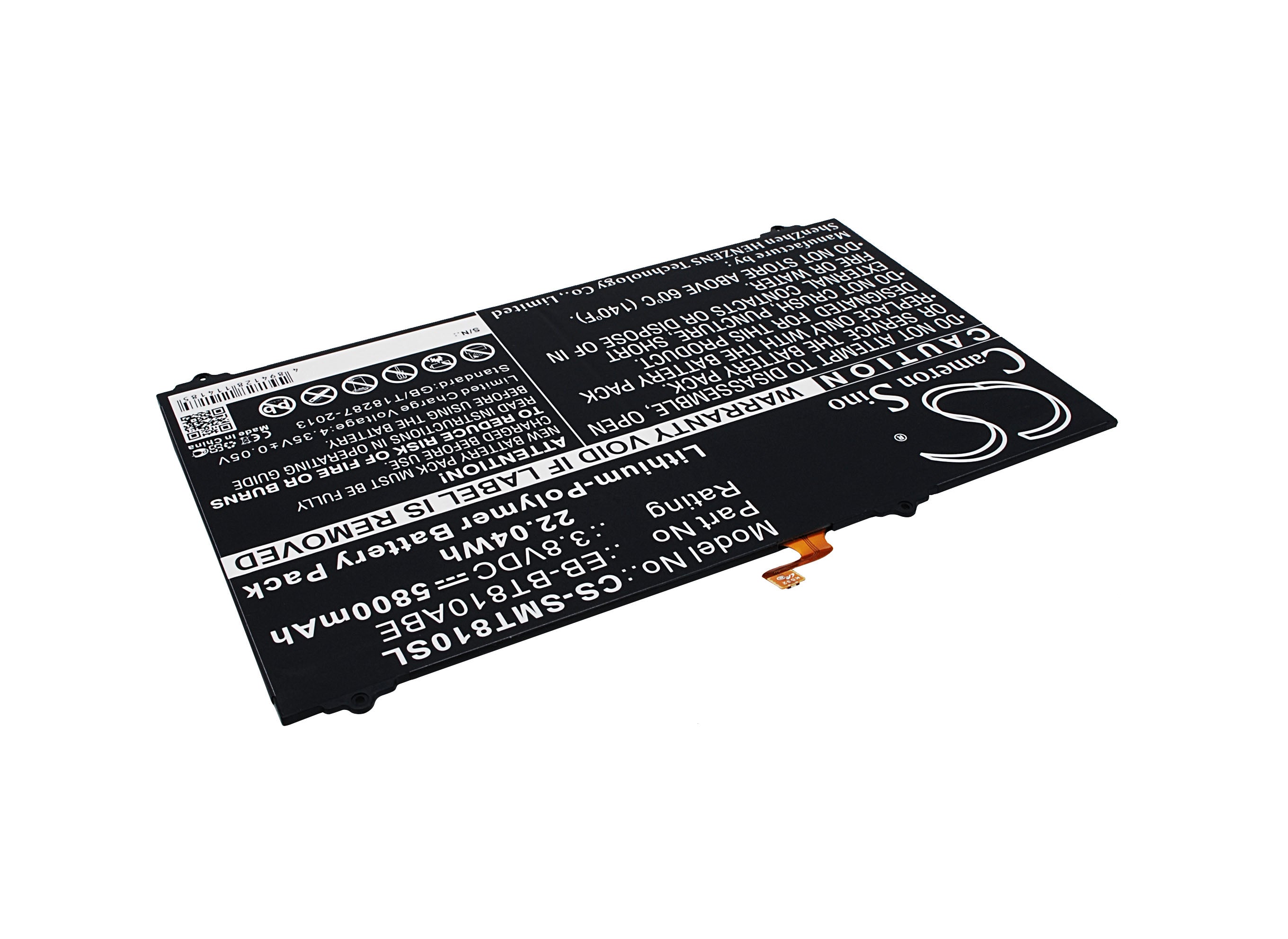
And the SmartTag Plus’s IP53 durability rating falls short of the AirTag.
#Galaxy battery tracker plus
It also rewards you with augmented reality special effects when you find your tag.Īs good as the SmartTag Plus is, it is not only bigger and heavier than both Apple’s AirTag or Tile’s Mate. The SmartTag Plus offers more customization options, the ability to ping your phone if it gets lost, and integrates video while searching. Perfect for keys, a flash drive or luggage, the SmartTag Plus can be directly attached to a keyring or object so you won’t need to buy expensive accessories. It incorporates Ultra-Wide Band communication to help locate the tag and shows it on a phone’s map. Samsung’s Galaxy SmartTag Plus is a big step up from the original SmartTag tracking devices. AirTags do both of these security-related tasks. Unfortunately, the SmartTag Plus stops short of lifting the owner’s information (if it’s entered) by using the Near Field Communications (NFC) abilities of a phone and there’s no requirement that the tag periodically reconnects with its host phone. After pressing the SmartTag Plus’s button, the tag made a trilling sound and the “New Device Found” window popped up. Starting with a fresh tag next to my Galaxy Note 20 Ultra phone, I scrolled to the Find part of the SmartThings app. You can neither track an AirTag with a Galaxy phone, nor the other way around. What’s missing is compatibility between Apple AirTag and Samsung Galaxy SmartTag devices. The tag’s encryption key is periodically shuffled to prevent opening a security hole in the tag and your phone. This can prevent a hacker from using another phone to track you and your tag. Neither Apple nor Samsung can touch the variety of consumer devices that have integrated Tile modules, like the HP Elite Dragonfly and SkullCandy earbuds, making them nearly impossible to lose.Įven though the SmartTag Plus transmits over public airwaves, the data is encrypted similar to the AirTag.
#Galaxy battery tracker Bluetooth
By contrast, AirTags can also work with a MacBook, although only in Bluetooth mode. Future Samsung Galaxy phones and tablets will likely have UWB tracking. Otherwise, the phone relies exclusively on the tag’s Bluetooth signal for location finding. Just as AirTags require an iPhone 12 to use UWB technology, the SmartTag Plus’s UWB technology requires a Samsung Galaxy Z Fold 2, Note 20 Ultra or S21+ phone.

Each phone can track up to 200 SmartTags, which seems like overkill iPhones are limited to tracking 16 AirTags.
#Galaxy battery tracker update
All done.Ī key update to the Samsung SmartThings Find interface overlays the live output of your phone’s video camera on top of the direction-finding interface. When the electrical connection is made, the tag plays a tune.įinish by squeezing the SmartTag Plus’s case between your fingers to snap the case shut. It might take a pencil point to pry it out.įinally place the new battery in the slot with the “+” side up. Start by prying open the case with a dime or flat blade screwdriver. Happily, it takes less than a minute to change the battery. In other words, plan on spending some time changing the SmartTag Plus’s battery. That’s less than half as long as Apple’s AirTags that use the same battery. The SmartTag Plus is powered by a disposable CR2032 battery that Samsung rates to last 5 months of typical use. Close up, the tag is located using ultra-precise UWB transmissions but as you get farther away from the tag, Bluetooth takes over. The SmartTag Plus joins Apple’s AirTag as the only trackers that use a combination of Bluetooth and Ultra-Wide Band (UWB) technology to uncover your tag (and attached gear). Samsung Galaxy SmartTag Plus: How it works By contrast, the AirTag’s IP67 rating means it can survive being submerged in up to a meter of water for 30 minutes.

In other words, leave it onshore when swimming. It should be OK to take the SmartTag Plus out in the rain or to the beach, but it can’t stand up to being submerged in water. With an IP53 rating, the tag is more susceptible to damage from water or dust than the Samsung Galaxy Note 20 I used, which carries an IP68 rating. The replacement battery only cost a few dollars and took a minute to change, but it was an annoyance I would rather have avoided. As you’ll soon see, when I was setting up a SmartTag Plus, its battery was nearly dead and I needed to replace it to continue configuring the device. That adds up to more than twice as many annoying battery changes during its life. Like the AirTag, the SmartTag Plus uses a CR2032 battery, but rather than Apple’s claim of a year of use, Samsung says the same battery should last only five months.

This allows the SmartTag Plus to signal a lost phone, trigger home automation devices, and even send an emergency text alert. The SmartTag Plus has something that AirTags don’t: a button on top.


 0 kommentar(er)
0 kommentar(er)
